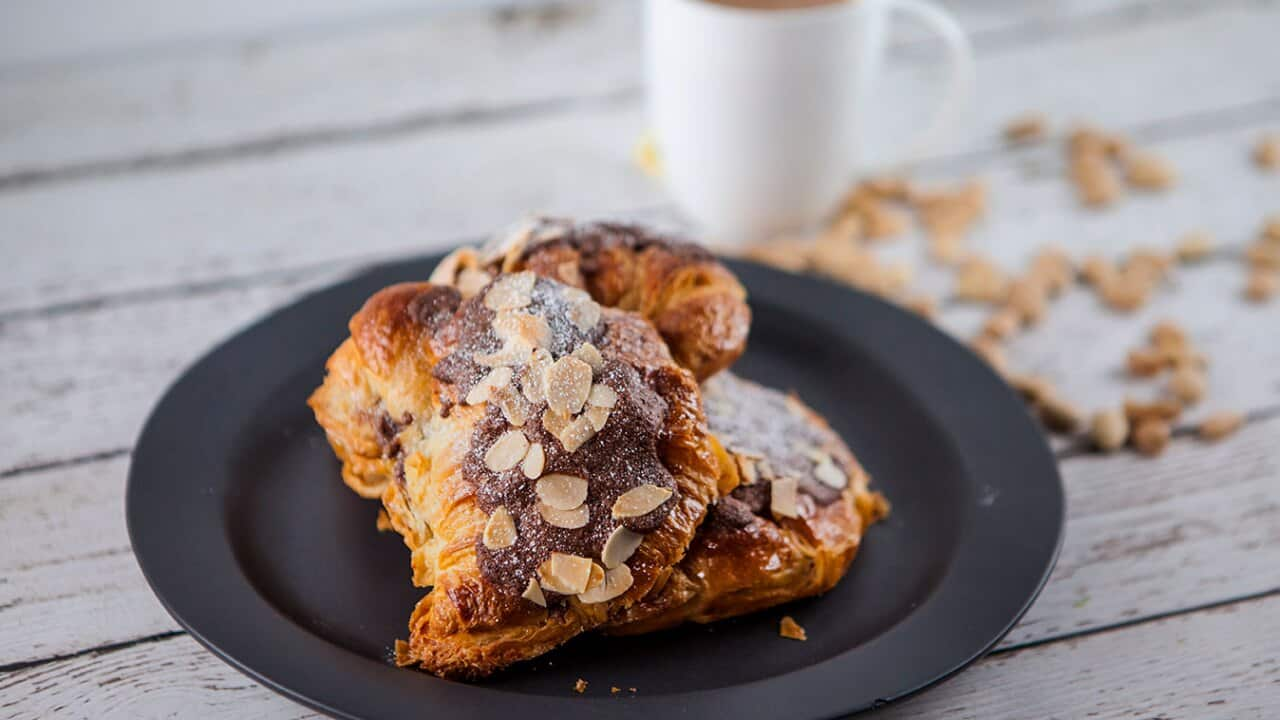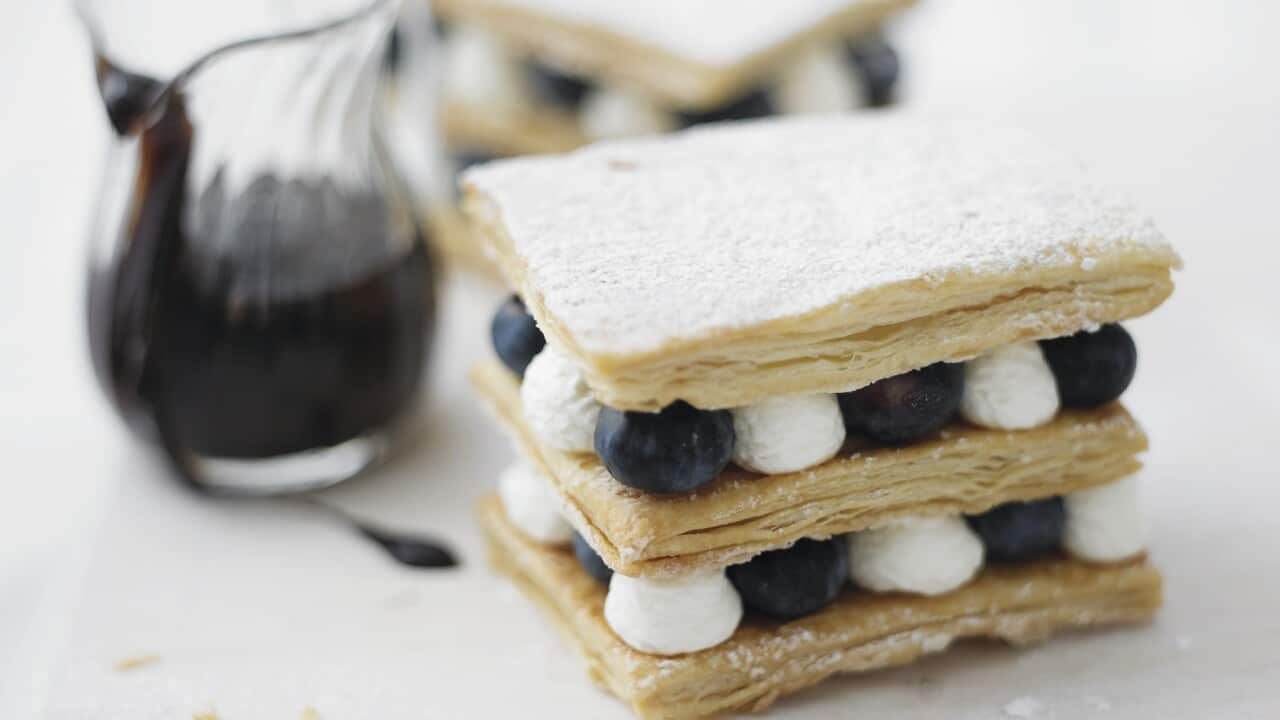For anyone wondering what the difference is between a croissant and kouign‑amann, how to pronounce pain au chocolat or keen to try their pastry hand at home, here's a comprehensive list of the best French pastries on offer – both sweet and savoury.
French pâtisserie is both an art form and a national obsession, from glossy fruit tarts in Paris to rustic, cheese-laced bakes in the north. Pastries also mark the seasons and special occasions: almond-filled galettes for Epiphany, towering croquembouches for weddings, and chocolate-swirled bûches (yule logs) at Christmas.
If you're wondering how to make French pastry, remember – most recipes often begin with learning the foundational techniques of puff pastry (feuilletage) for mille-feuille and tarte tatin; choux pastry for éclairs, Paris-Brest and profiteroles; shortcrust pastry (pâte brisée or sucrée) for tarts; and brioche-style doughs for baba and kouign-amann. You’ll find some in boulangeries, others in elegant pâtisseries – and many in home kitchens.
Whether you're keen to master a classic or simply want to know what to order, here’s your guide to the most iconic, seasonal and regionally loved French desserts and authentic French pastry recipes, from A to Z (yes, there's almost at least one French pastry for each letter of the alphabet)!
In France, tarte tartin is found in many iterations. The most renowned being the apple (pomme) tarte tatin – where the apples are proudly on show, sitting atop a base of puff pastry. Once you've mastered how to make puff pastry, this successful formula is endlessly riffable for both sweet and savoury leanings: pear tarte tatin, shallot and thyme tarte tatin and even a witlof tarte tartin.

Apple tarte Tatin with cinnamon ice-cream Source: Chris Abbott
This syrup-soaked sponge has royal ties. Believed to be a descendant of the Polish babka, the baba made its way to France in the 18th century with exiled Polish king Stanisław Leszczyński, whose pâtissier Nicolas Stohrer lightened the dough and doused it in rum. Yeast-leavened and traditionally baked in small moulds, babas are often crowned with whipped cream or citrus peel. The result is heady and luxurious, yet surprisingly airy and light. Chef Guillaume Brahimi shows you to make French this pastry recipe in Season 6 of Plat du Tour.
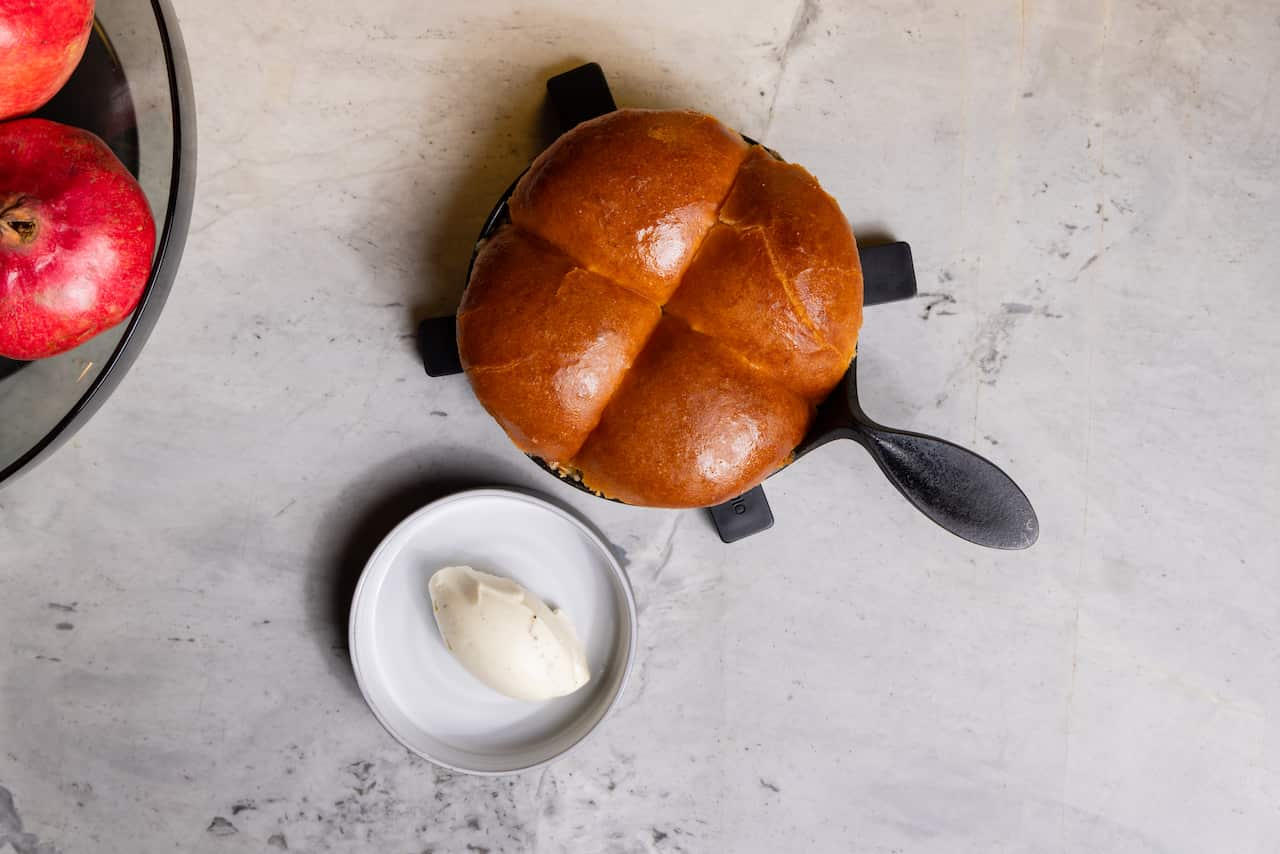
Source: Mark Roper
Beignets originated in France and are now found around the world, meaning there are plenty of adaptations. The traditional French variety resembles a light doughnut, made of either a choux pastry or a yeast dough, or a battered fritter coating fruit or vegetables. Beignets are commonly enjoyed warm and simply dusted with icing sugar. Others are more glamorously filled with cream or chocolate.
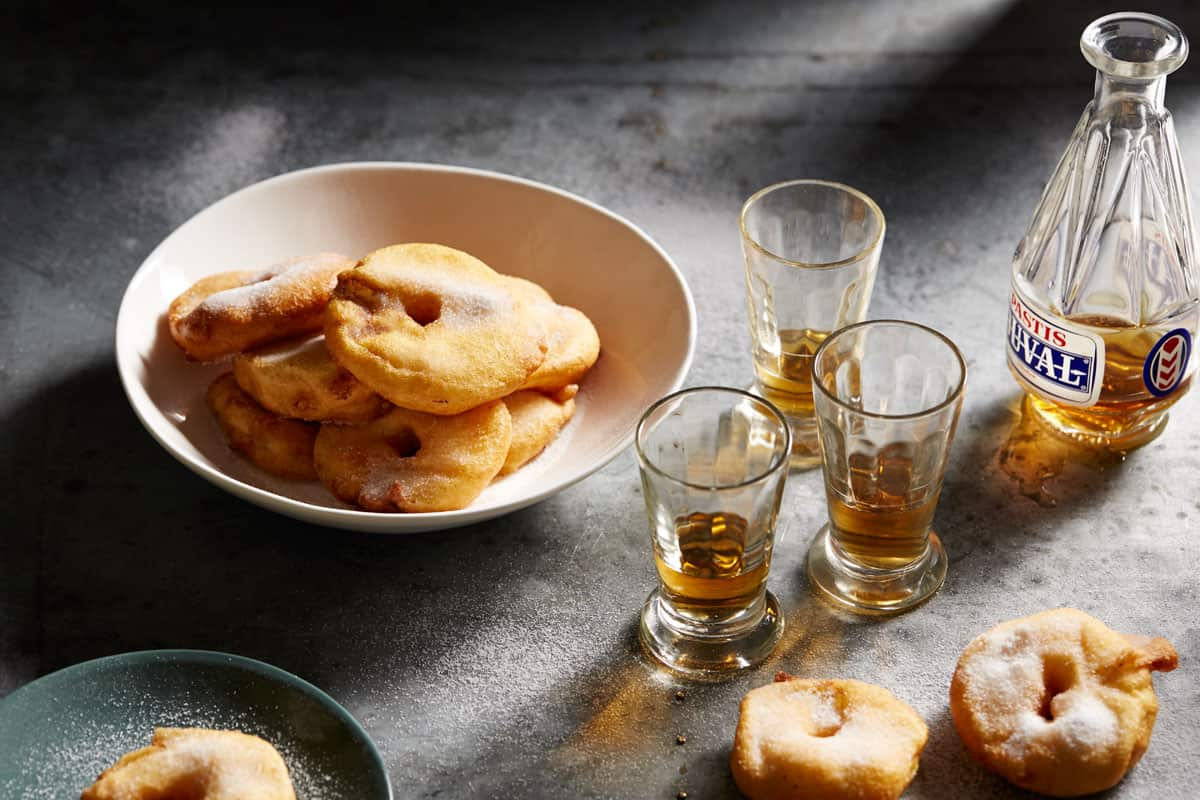
Source: Benito Martin
Canelés are petite, heavenly cakes defined by a custard centre encased by a caramelised crust. The four fundamental ingredients of a canelé are flour, egg yolks, vanilla and rum. Pastry chefs usually don't toy with the classic shape of canelés: a cylindrical shape with fluted edges. These are perfect with a coffee – and a great place to start if you're looking for authentic French pastry recipes with minimal ingredients.

Canelés Source: Andy Baker
Chouquettes grace an inordinate number of pastry stores and bakeries in France, and often hang near the front counter, inviting a last-minute purchase. The baked 'little balls of choux', as they translate, are sprinkled with pearl sugar and are served as is or filled with a mousse or custard. Try a plain version first to fully appreciate the pastry's simplicity – crunchy on the outside and tender on the inside.
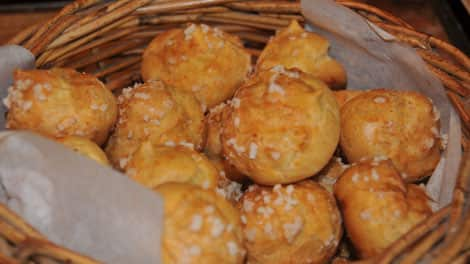
file:2214_kc-choukette.jpg
Puffed at the edges and sunken at the centre, clafoutis walks the line between flan and cake. It hails from Limousin, where black cherries are baked into a custardy batter until tender and set. Eaten warm or at room temperature, it’s a go-to dessert for cherry season – rustic, unpretentious, and especially good with a dusting of sugar or dollop of cream.

Source: Danielle Abou Karam
Croissants are the iconic breakfast of choice for many in France, where the croissants generally aren't as grand, large or puffed up as some of their overseas counterparts. A good plain croissant is satisfying on its own, though almond and ham-and-cheese versions offer that little something extra. If you're learning how to make French pastry recipes, croissants are a rewarding (if advanced) place to start.
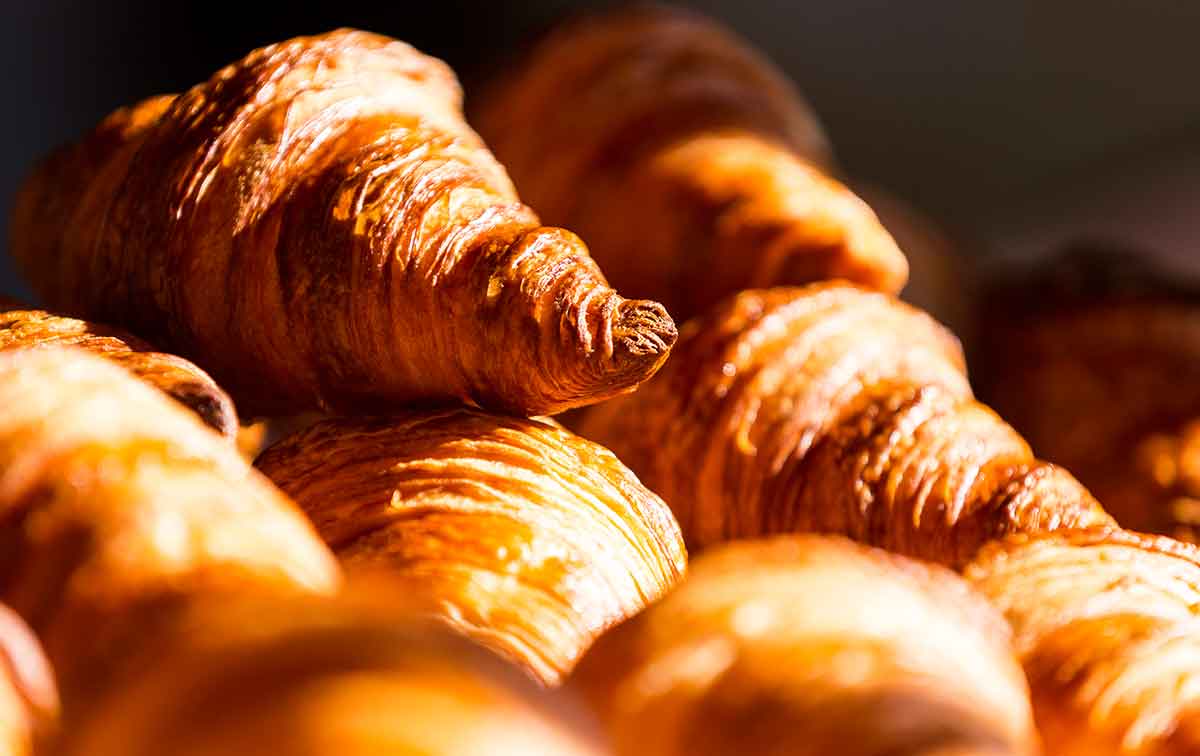
There's no getting round the fact that buttery pastries need butter. Source: Getty Images / ziche77
Eclairs are the ideal, express afternoon sweet treat and come in endless variations. Coffee eclairs are great pick-me-ups, matcha-flavoured ones are for umami-lovers and lemon eclairs for citrus fans. Sealed with glistening frostings, it can be difficult to stop at just one.

Top of your day with chocolate eclairs.
Bakers in Paris’s financial district once needed something small, refined and easy to eat on the go — and so the financier was born. Traditionally rectangular like a bar of gold (though shapes can vary) and made with almond meal, egg whites and browned butter, they're nutty, moist and golden-edged. Once plain, they now come in varieties like matcha, cherry and peanut. In Australia and New Zealand, they’re often baked in oval moulds and are fluffier and more fruit-heavy.
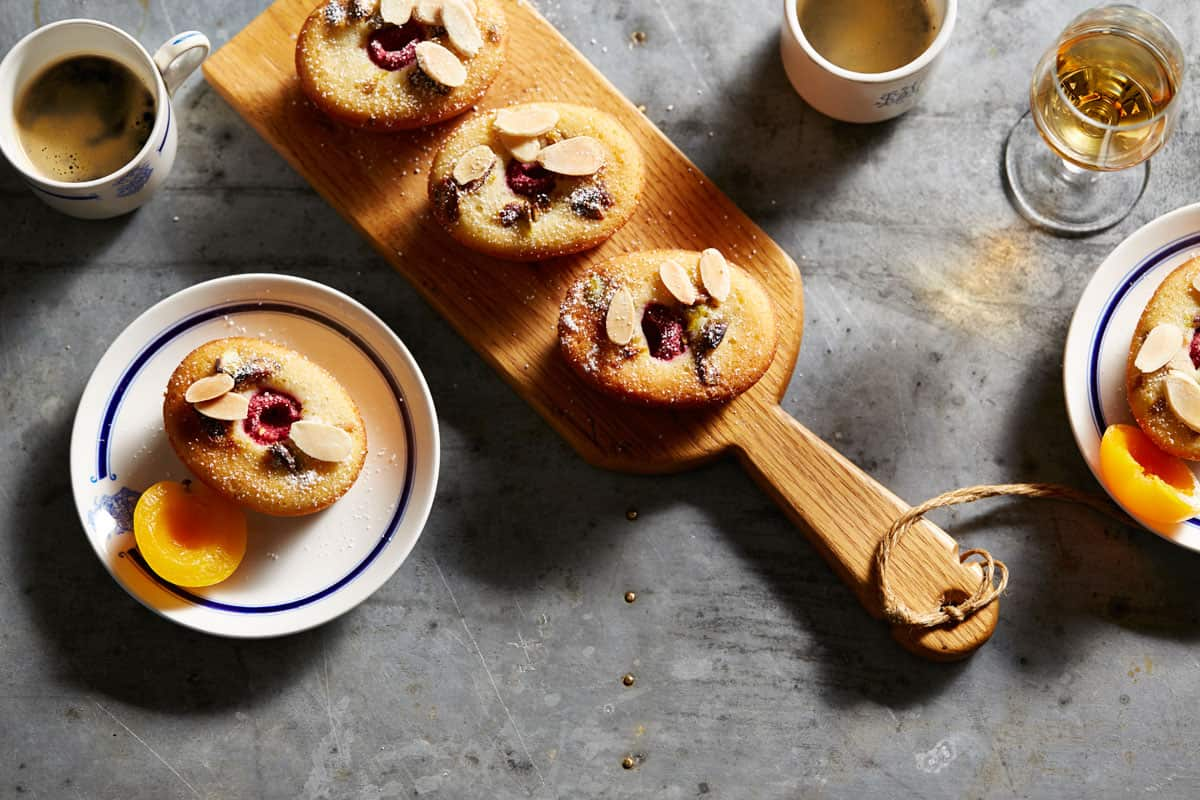
If you want to enjoy the best of France's fresh produce, consider fruit tarts. You'll find plenty of tarts crowned with amazing raspberries, blueberries or peaches when these fruits are in season. Often beneath the fruit toppings are pastry cream, frangipane or custard. Other tarts simply flaunt the fruit itself.
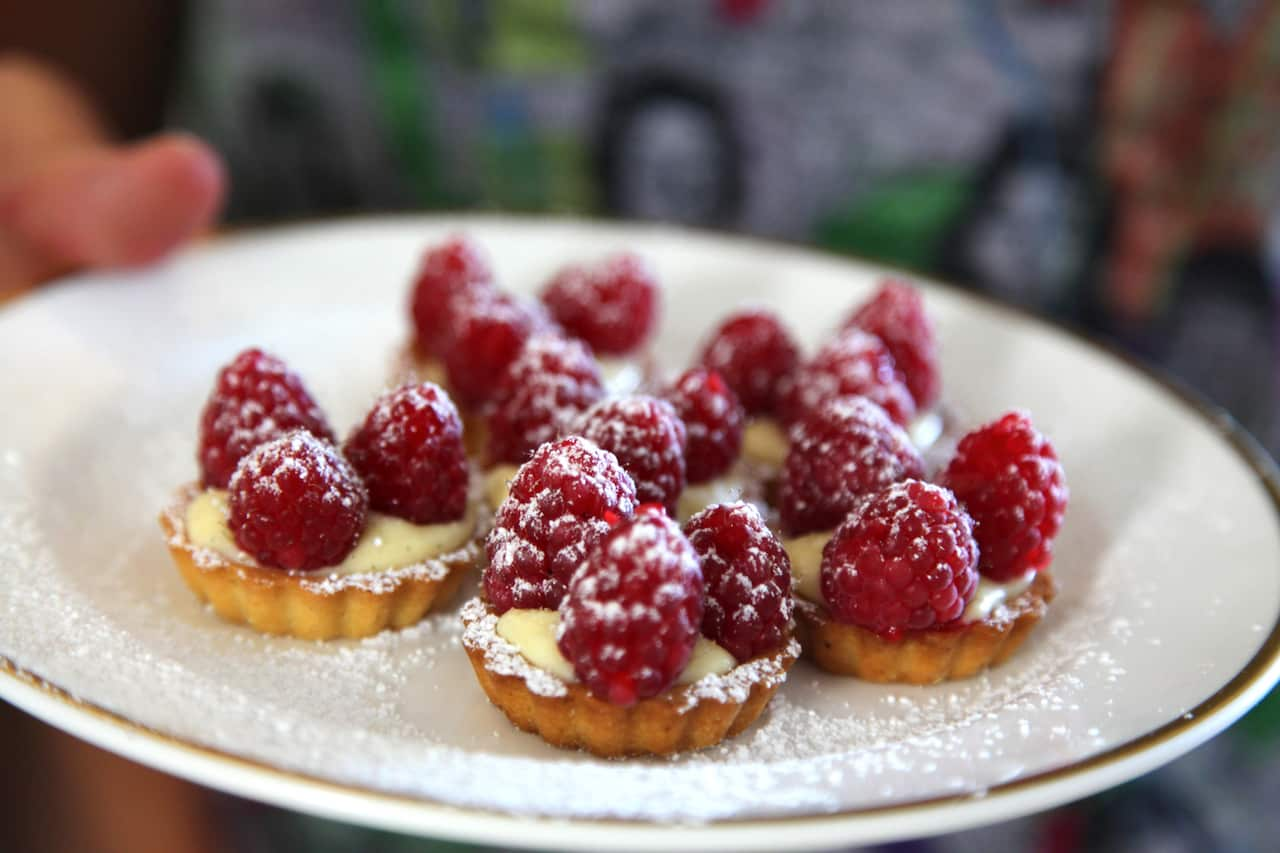
Mini raspberry tarts.
Galette des rois is a golden, frangipane-filled puff pastry traditionally served on Epiphany to mark the arrival of the three kings. Beneath the flaky, glossy lid hides a fève – a small token – and whoever finds it is crowned king or queen for the day. While classically filled with almond cream, modern versions feature everything from apple to pistachio or chocolate. Chef Guillaume Brahimi walks you through how to make the classic version in Season 6 of Plat du Tour.
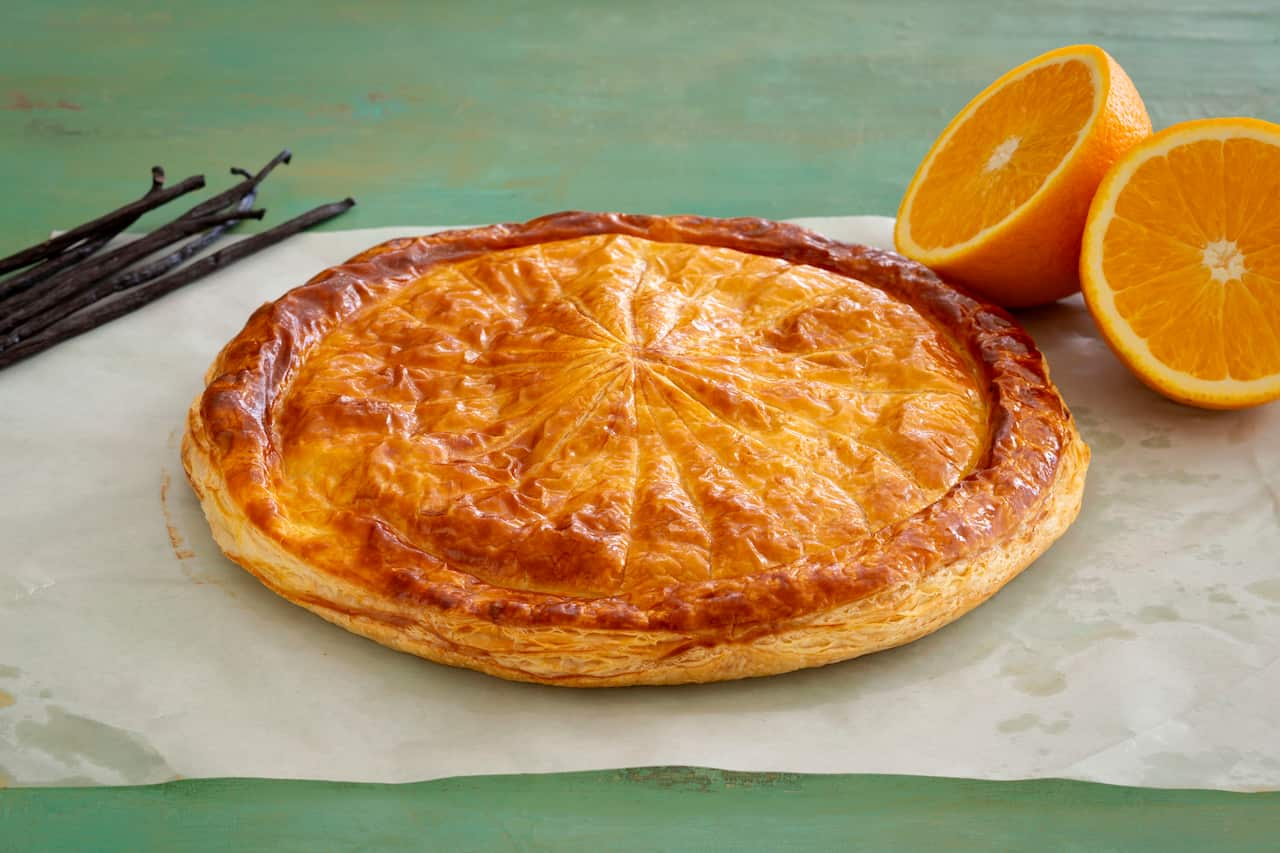
Source: Craig Kinder
This pastry from the Basque region is known for its firm, golden crust and rich filling – usually pastry cream or black cherry jam. The dough itself is more like a shortcake than a sponge, giving it a tender, cookie-like texture. Gâteau Basque is traditionally marked with a crosshatch pattern or a Basque cross before baking. It’s sold by the slice in patisseries across southwestern France and often eaten as a mid-afternoon treat with coffee or cider. Locals even hold an annual festival in its honour in the town of Cambo-les-Bains.

Gateau Basque
Chef Guillaume Brahimi says of the kouign-amann, "one of the greatest pleasure in life is to eat is kouign-amann, one of the greatest desserts in the world, from Brittany". Meaning “butter cake” in Breton, it and lives up to its name – made with laminated yeasted dough, it's folded with butter and sugar, then baked until the exterior is deeply caramelised and crisp. Inside, it’s chewy, rich and slightly salty. Traditionally round and single-serve, kouign-amann has made a resurgence in modern bakeries far beyond France.

Source: Andy Baker
Macarons – not to be confused with coconut macaroons – are made from almond meal and meringue, sandwiched with jam, ganache or buttercream. Introduced to France by the Medici family during the Renaissance, they’re now a colourful staple of French pâtisserie, with flavours from chocolate to raspberry. In Australia, you’ll even find vegemite and Tim Tam slam macaron creations.
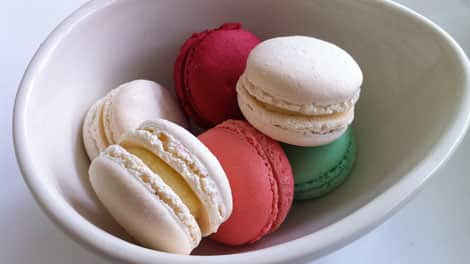
file:2969_macarons.jpg
Madeleines are small shell-shaped sponge cakes with a light crumb. They originated in Lorraine, where legend has it they were first baked by a cook named Madeleine for a duke in the 18th century. Flavoured simply with vanilla or lemon zest, they’re baked in a special tray and best enjoyed just warm from the oven. Try orange-glazed, lemon curd-filled, or Analeise Gregory’s manuka honey madeleines. For a gluten-free option, try Almond, mandarin & orange blossom madeleines.
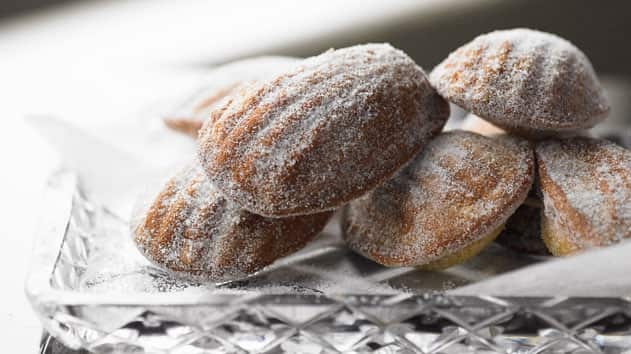
A classic mille feuille, which translates to 'a thousand leaves', traditionally comprises delicate layers of puff pastry and vanilla pastry cream with a dusting of icing sugar. Modern fillings include chocolate, berries and fruit – with plenty of poetic licence: think poached dried pears and mascarpone, coconut and mango and white peach and basil.

Crisp and creamy.
Named after France’s highest peak, this elegant dessert features meringue encased in strands of sweet chestnut purée, often topped with whipped cream or icing sugar to evoke a snow-capped mountain. These pretty desserts make common appearances at afternoon teas and bridal showers.
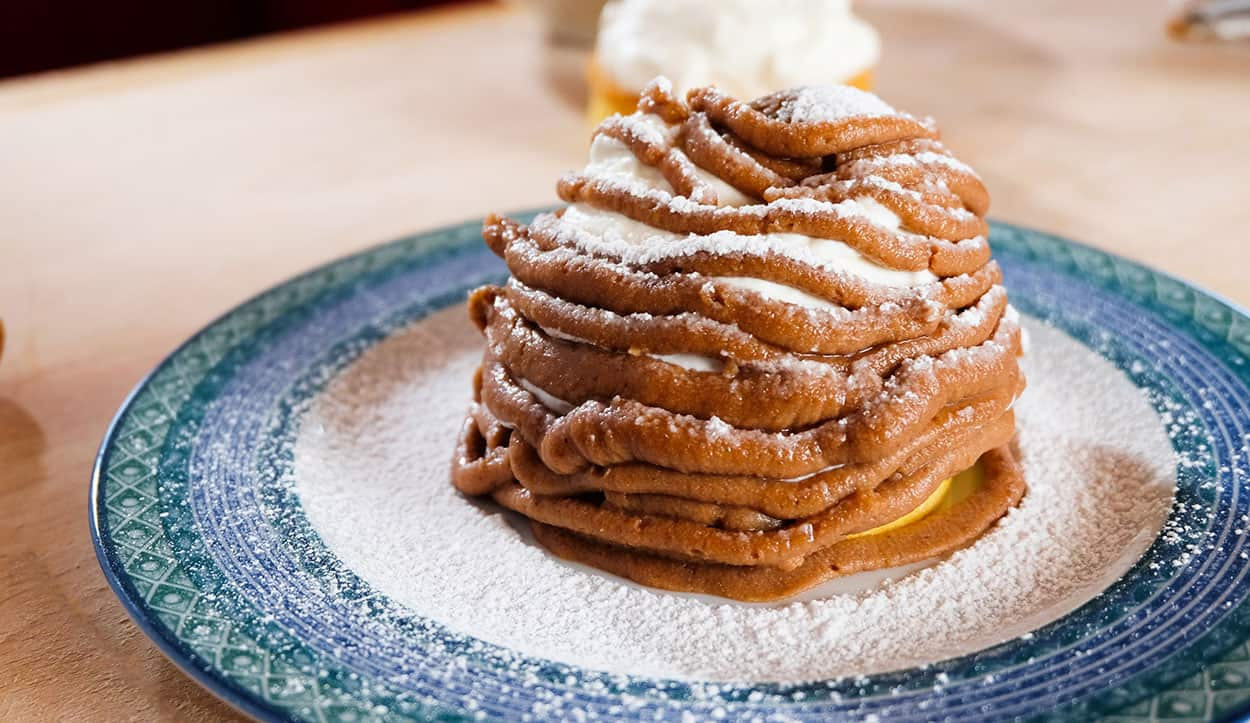
Source: Stefanie Forester
An opera cake is France's answer to tiramisu, an ideal dessert for coffee lovers. Architecturally, it relies on three layers: an almond sponge soaked in coffee syrup, a rich chocolate ganache and a coffee buttercream. The layers are intended to represent the levels of an actual opera house – logical and decadent.
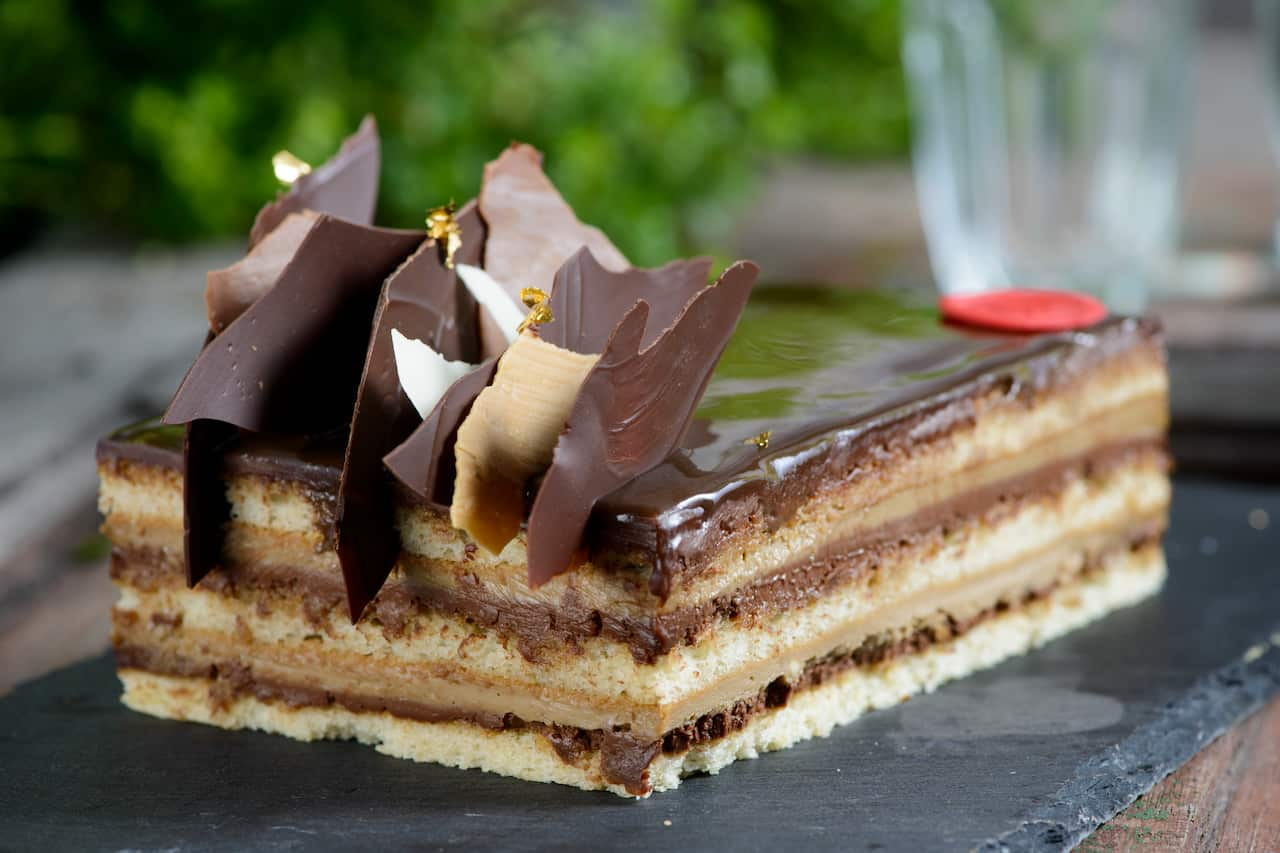
This decadent French desert was called L'Opéra, in honour of the Paris Opera house. Source: Moment RF/Getty Images
Pain au chocolat (pronounced 'pan oh shok-uh-lah') translates to 'chocolate bread' as it was originally made with a brioche base. The pastry has adapted to rely on a yeasted puff pastry, which wraps around a stick of chocolate before it's baked. These are a favourite of children on their way to school, and big kids, alike.

We could have pain au chocolat for breakfast, lunch and dinner!
Caramelised to a crisp and shaped like curled leaves or ears, palmiers are one of the simplest pleasures in a French bakery. Made from puff pastry rolled with sugar and folded into tight spirals, they bake into golden, shattering layers. Whether you know them as 'palmeras' in Spain, 'schweineohren' (pig’s ears) in Germany or 'orejas' (ears) in Latin America, they originated in France and remain a staple of pâtisserie counters – light, sweet, and perfect with coffee or as an afternoon treat.

Source: China Squirrel
"Hazelnut... and beautiful, velvety butter cream" – a favourite combination, says chef Guillaume Brahimi. Originally created to honour the Paris-Brest-Paris bike race, this ring-shaped choux pastry filled with hazelnut cream resembles a bicycle wheel. Available in both individual and shareable sizes, it's a beautiful dessert centrepiece. The pretty ring of choux pastry, filled with a hazelnut cream is topped with slivered almonds and a dusting of icing sugar.
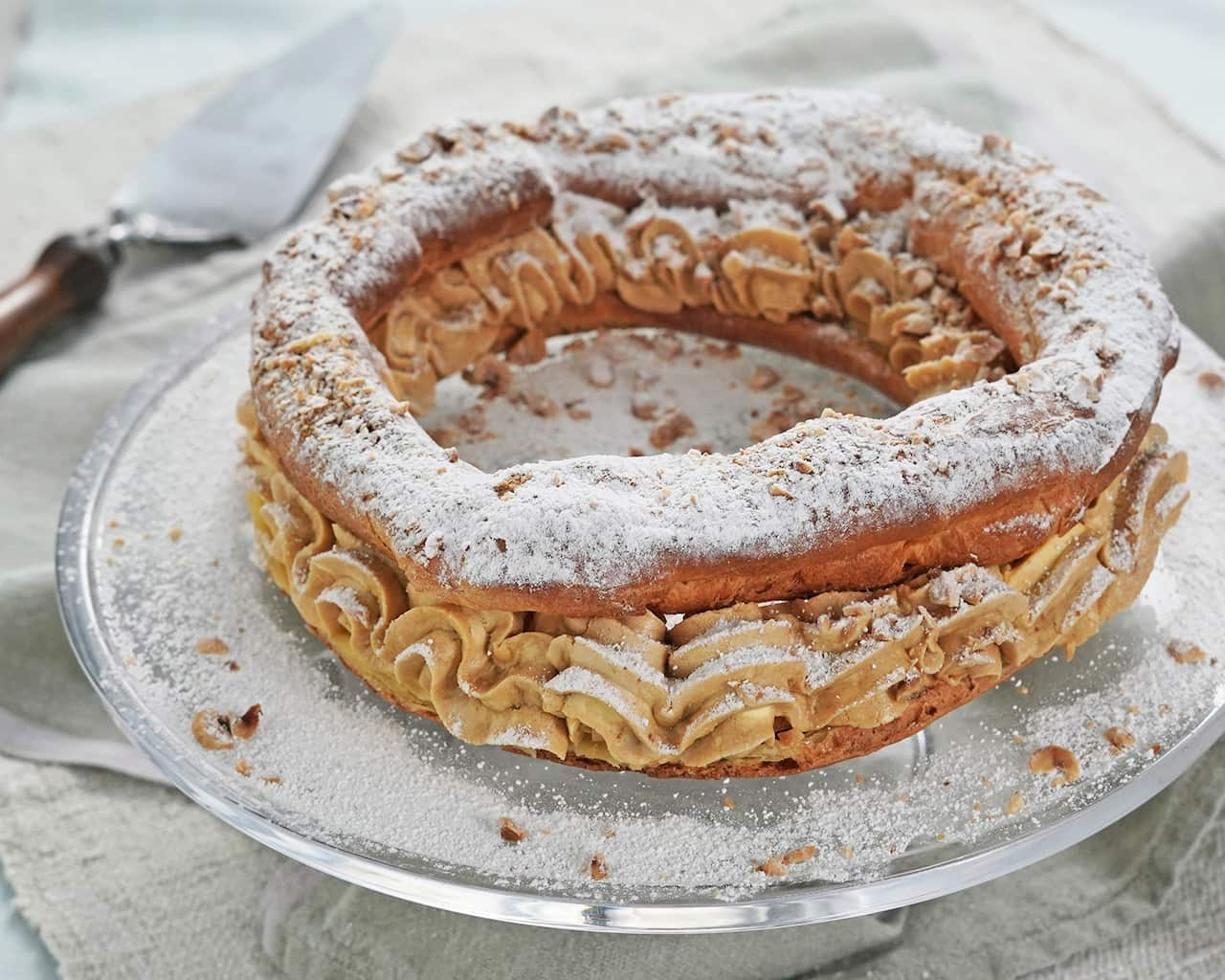
You won't be disappointed with a Paris-Brest with hazelnut crème au beurre. Source: Andy Baker
Profiteroles begin with choux pastry – piped into small rounds, baked until hollow and crisp, then filled with sweetened cream, custard or ice cream in a variety of fillings. They can also be piled to create a spectacular croquembouche. The contrast between crisp shell, cool filling and warm topping makes profiteroles a textural delight. Though they’re found globally today, their roots are unmistakably French and they remain a staple in patisseries across the country.
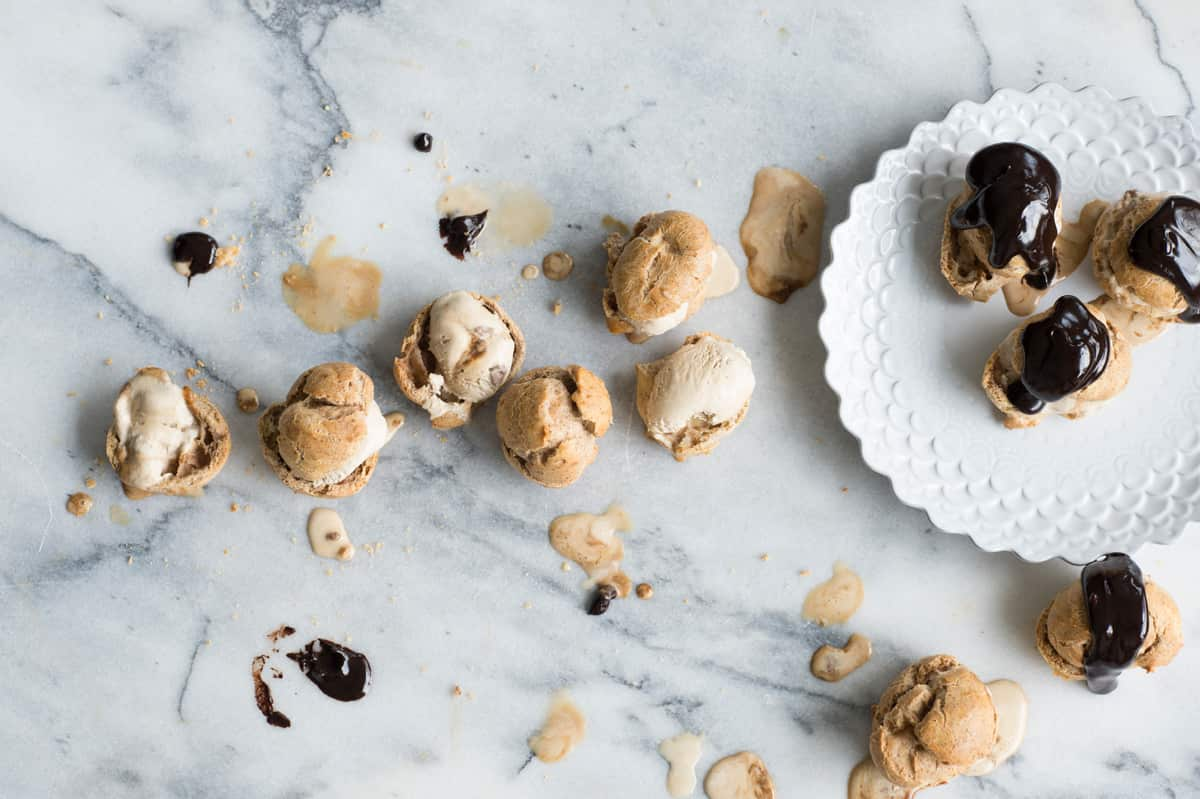
Source: Alan Benson
IF THE CHOUX FITS
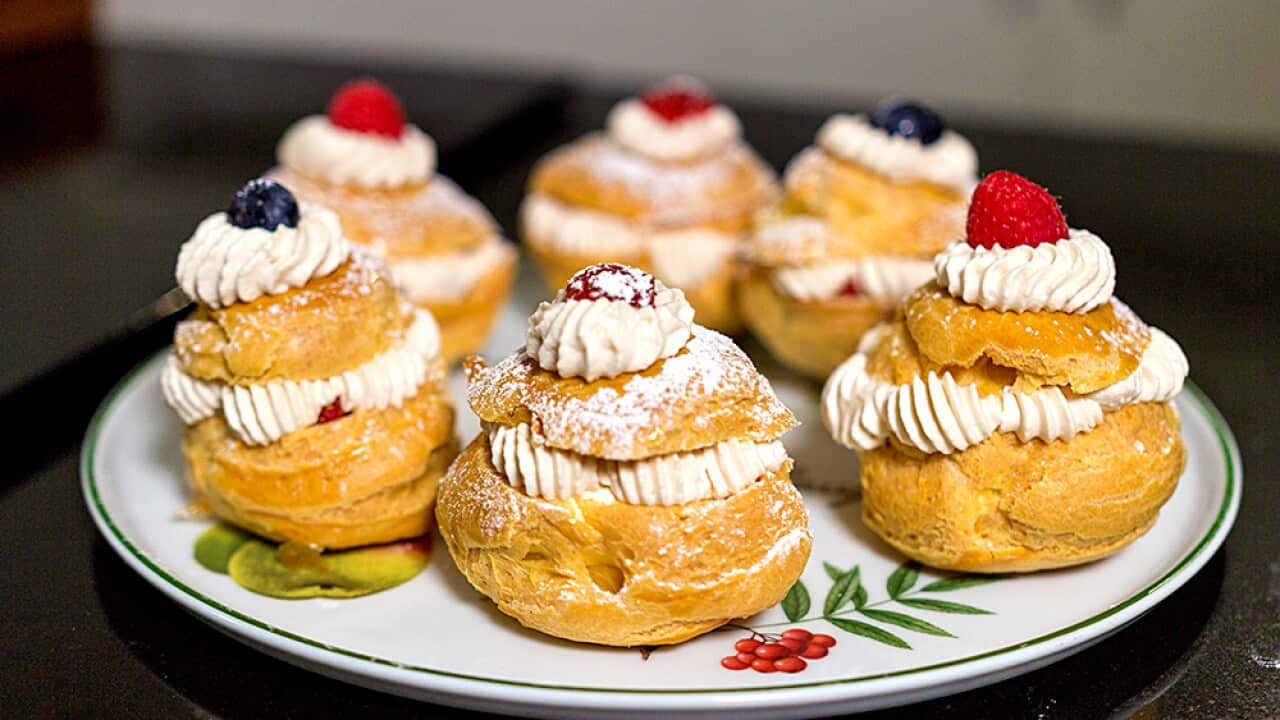
Profiteroles filled with red fruits (Profiteroles aux fruits rouges)
This quiche is a pillar of French cuisine, an ultimate crowd-pleaser known around the world. It combines bacon, cheese and onion to make for a smoky yet comforting quiche. Some pastry chefs include vegetables, but when in France, aim to find a traditional quiche Lorraine before trying any others.

Individual quiche Lorraine Source: John Laurie
In the same category as the Paris-Brest, is the St Honouré. Named in honour of the French patron saint of pastry chefs, it is slightly more elaborate than the Paris-Brest, with a base of puff pastry holding the choux pastry. It's filled with pastry cream and gloriously topped with cream puffs.
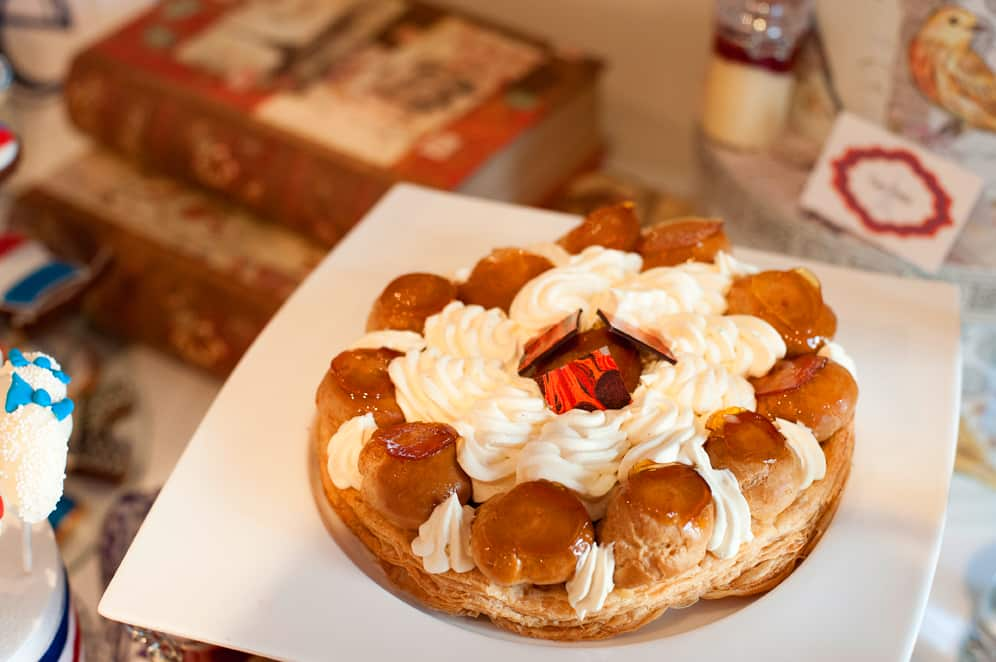
Sugared brioche, sunshine and cream — the tarte Tropézienne feels like a Riviera holiday in pastry form. Created in Saint-Tropez in the 1950s and allegedly named by Brigitte Bardot, it layers rich brioche with pastry or whipped cream and a sparkle of pearl sugar. It’s served chilled in slices, but still feels celebratory — the kind of showstopper you eat with a fork and a smile on a warm afternoon.

Source: Fanny Zanotti
Tarts are a great way of showing off French cheeses, and for this one, shortcrust pastry holds a simple mixture of Maroilles cheese, crème fraîche, butter and eggs – ensuring the hero is the cheese – baked until gooey with a golden-brown top. Maroilles is a soft cow's milk cheese native to the regions of Thiérache and l’Avesnois, where this tart is a staple. You’ll spot it in local boulangeries, cafés and homes across northern France. The cheese is often described as strong, nutty and pungent – so if you like bold flavours, this one’s for you.

Source: Stefanie Forester
Bûches de Noël pop up in pâtisseries across France during the festive season, from rustic chocolate logs to glossy, modern creations. A sheet of plain genoise sponge is filled with cream or mousse, rolled into a log, and decorated to resemble a snowy yule log. The shape harks back to the tradition of burning a log on Christmas Eve to bring luck for the year ahead. You’ll find these cakes in pâtisseries, supermarkets and family homes throughout December.

Italian meringue is lightly toasted to resemble bark on our Yule log. Source: Alan Benson
Share
SBS Food is a 24/7 foodie channel for all Australians, with a focus on simple, authentic and everyday food inspiration from cultures everywhere. NSW stream only. Read more about SBS Food




